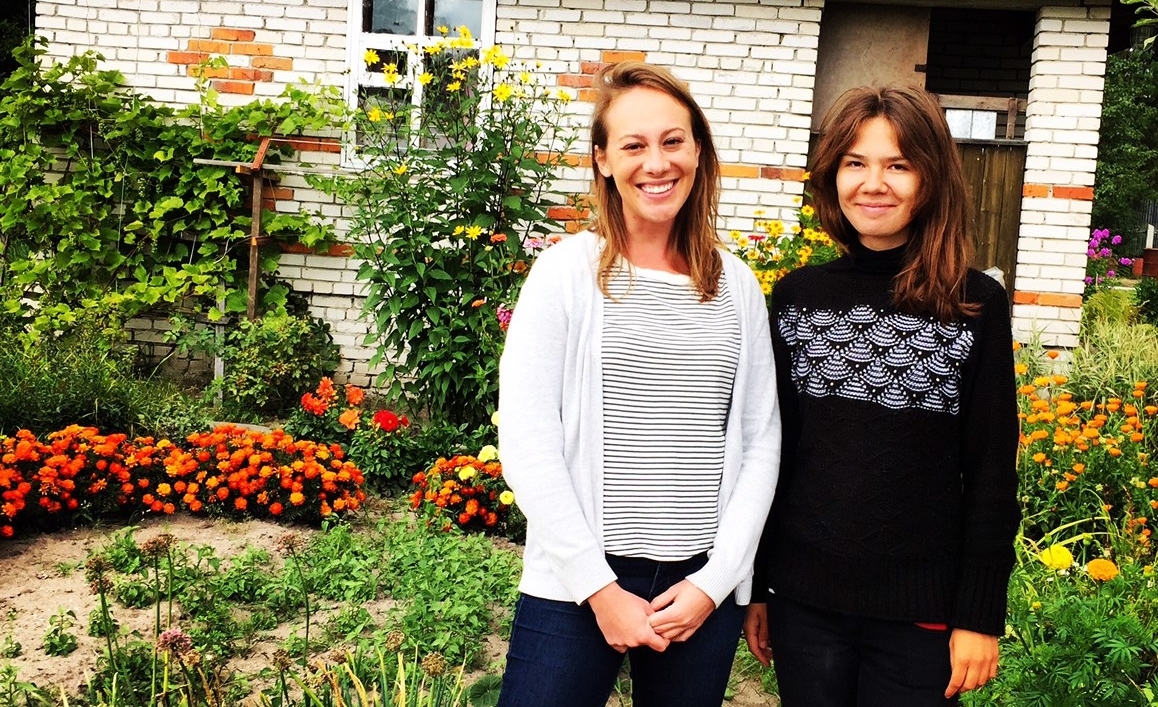- November 15, 2021
MIT-Russia alumna Christianna Bonin receives a Fulbright grant to explore the politics of architecture in Russia.
Christianna Bonin, a Ph.D. candidate in the MIT Department of Architecture and a MISTI Russia alumna, has been awarded a Fulbright Scholarship to continue her research on the transformation of modern architecture in the Soviet Union between World Wars I and II.
“From September 2016 to June 2017, I will be conducting archival research with a Fulbright Research Award in Moscow and St. Petersburg for my dissertation. My thesis examines foundational efforts made by networks of architects working in Weimar Germany and the Soviet Union to theorize and realize ‘socialist’ architecture,” Bonin explains.
One of the topics that intrigues her is why certain aspects of architecture are discerned to be ‘political’ or ‘apolitical’ at particular moments.
“Can there be ‘socialist’ architecture — does it have essential characteristics — or can there only be a socialist critique of architecture within the dominant capitalist system? Such questions stoked debates among many of the architects I am studying in Berlin in the early 1930s. Many leftist architects argued that well-known ‘international’ modern architecture and planning groups based in Europe — the Congres Internationaux d'Architecture Moderne (CIAM), for instance — had to answer for its imbrication in capitalism," she says.
"This critique produced attempts to distinguish ‘socialist’ from ‘capitalist’ city planning. Eventually, many leftist architects split from CIAM and formed alternative groups that chose to either work ‘within’ the capitalist context or ‘against’ it by migrating to the Soviet Union. Whether or not to acknowledge the politics of an architectural practice remains relevant today, as firms constantly are trying to find the appropriate language for representing their work worldwide.”
Besides Russia’s largest cities, Moscow and St. Petersburg, Bonin plans to travel to several industrial cities, including Nizhny Novgorod, and in the Ural Mountains, Perm, Orsk, and Magnitorgorsk. These cities were designed by Soviet planning groups in collaboration with architects from Germany and described as distinctly “socialist.”
According to Bonin, she didn’t find the topic of her research right away. On the contrary, the “Russian angle” came to her much later, and the MIT-Russia Program was a true springboard to that.
“When I arrived at MIT four years ago, I was fascinated by the politics of historic preservation and how the history of a place or culture is rewritten through urban transformation. This interest grew from my experience working in former East Germany. While there, one of the first issues that became apparent to me was the uncertainty over what to do with built remnants of the socialist period. My advisor, Mark Jarzombek, encouraged me to table those interests for a time and pursue other historical moments, geographic contexts, and theoretical questions — the idea being that I’d either return to my prior topic with fresh perspectives or pursue a new topic, inflected by my long-standing interests. I knew that if I wanted to do better research on urban transformation in the Soviet context, particularly in former satellite states like East Germany, it would help me to understand the nuanced relationship between those places and Russia — aesthetic connections in architecture, but also commercial and political connections in the past as well as in the present.”
Bonin applied for the MIT-Russia Program and spent an entire summer as an intern at the Strelka Institute, a leading architecture and design school based in Moscow. Here, she explored how culture was defined and represented through Soviet cultural houses (dom kul’turi).
“It was difficult research. For one, I barely spoke Russian,” she admits.
After a year of language study, Bonin received another MIT-Russia grant for research the following summer. That experience encouraged her to apply for more advanced language study through the U.S. State Department’s Critical Language Scholarship Program in Vladimir, Russia. This in turn motivated her application to the Fulbright Program.
“In retrospect, I think that MIT-Russia offered me something rare and valuable: the opportunity to take a chance on an intuition. By supporting a student’s budding research interests and coordinating internships with relevant institutions, the program provides the critical groundwork for learning not only a language, but even more, the life of the country.”
The MIT-Russia Program aims to strengthen ties and enhance collaboration between MIT and Russia. Since its launch in 2011, more than 60 students have done internships in Russia and more than 200 have taken Russian language courses at MIT.
This summer, nine selected students are heading to such cities as Moscow, St. Petersburg, Dubna, Dolgoprudny and Krasnoyarsk.
For more information about MIT-Russia and how to partner with the program, please contact MIT-Russia Program Manager Ekaterina Zabrovskaya at zabroves@mit.edu.
